CONEY ISLAND THEN AND NOW
In popular culture in the U.S. and around the world, the name, “Coney Island,” is almost as well-known a New York icon as “Broadway” or “Times Square.” However, to a considerable extent, the renown of Coney Island may stem from its glory days in the early twentieth century. At that time Coney Island was synonymous with an escape from the ordinary and a place to forget one’s troubles. One hundred years ago the worldwide fame of Coney Island as an amusement resort could be roughly compared to the worldwide fame of Disney World today.
But Coney Island never was and never will be a corporate theme park. Instead, it was and is primarily an amusement park for New York’s poor and the working class. It is the only beach resort reachable by subway – in New York and in North America.
The subway pervades Coney Island in more ways then one. It is not only the primary means of transportation for most of Coney Island’s visitors. The sight and sound of the elevated subway just across the street from the various amusement parks almost suggest that the subway itself is just another amusement park ride.
Like Times Square, Coney Island has had a long and checkered history. And like Times Square, Coney Island may have reached rock bottom in the 1980s. Today, Coney Island’s partial revival tracks against the cultural ascendency of its home borough, Brooklyn.
The influence of Brooklyn’s new breed of hipsters can be seen in the annual Mermaid Parade on Surf Avenue. This event encapsulates Coney Island at its best – multicultural, exuberant and flamboyant. Hopefully, that unique combination represents Coney Island’s future – as well as embodies the evolving meaning of the name, “Coney Island,” in the language and in popular culture.
But Coney Island never was and never will be a corporate theme park. Instead, it was and is primarily an amusement park for New York’s poor and the working class. It is the only beach resort reachable by subway – in New York and in North America.
The subway pervades Coney Island in more ways then one. It is not only the primary means of transportation for most of Coney Island’s visitors. The sight and sound of the elevated subway just across the street from the various amusement parks almost suggest that the subway itself is just another amusement park ride.
Like Times Square, Coney Island has had a long and checkered history. And like Times Square, Coney Island may have reached rock bottom in the 1980s. Today, Coney Island’s partial revival tracks against the cultural ascendency of its home borough, Brooklyn.
The influence of Brooklyn’s new breed of hipsters can be seen in the annual Mermaid Parade on Surf Avenue. This event encapsulates Coney Island at its best – multicultural, exuberant and flamboyant. Hopefully, that unique combination represents Coney Island’s future – as well as embodies the evolving meaning of the name, “Coney Island,” in the language and in popular culture.
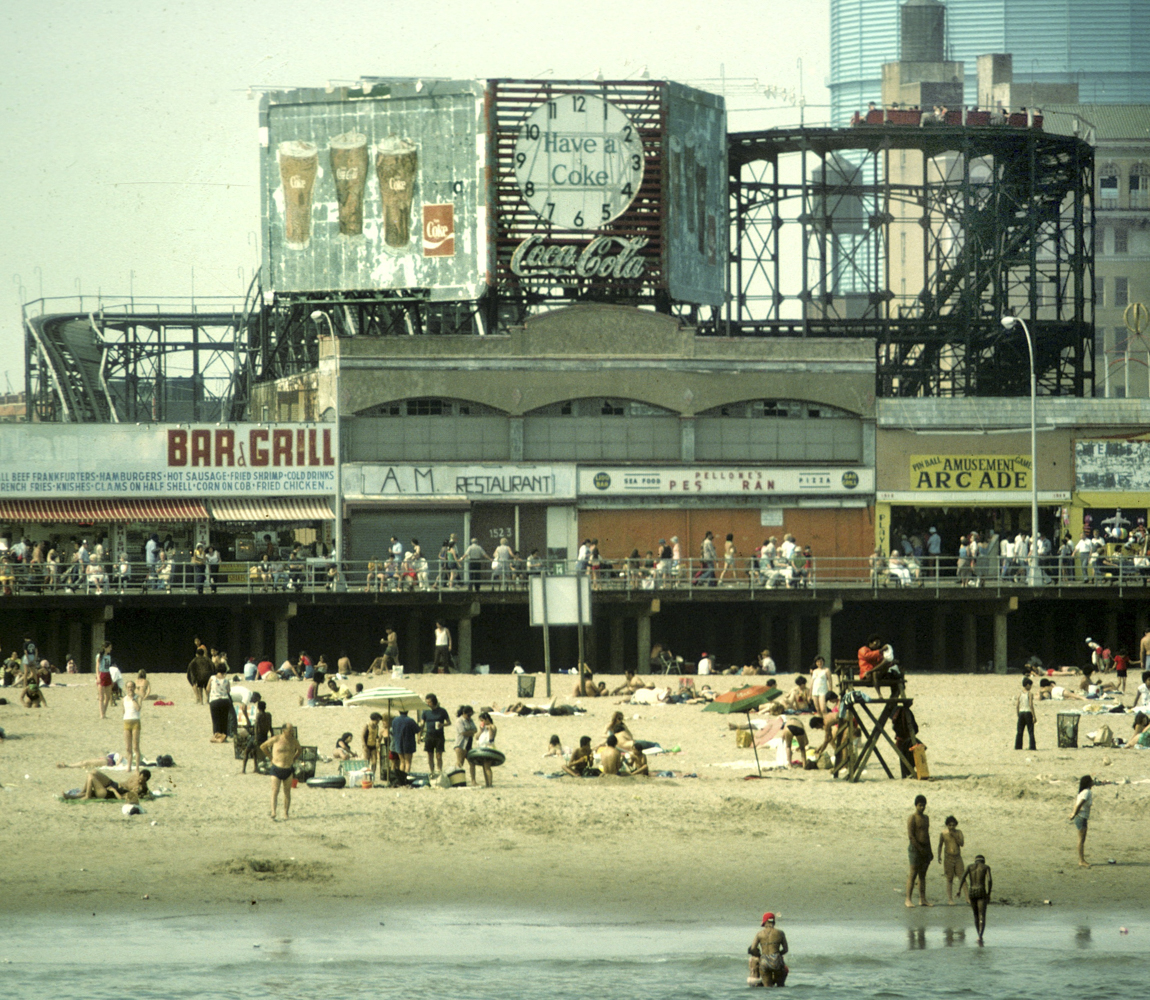
NY in the 80s 551 / 39

Coney Island 42 / 39

Coney Island 133 / 39
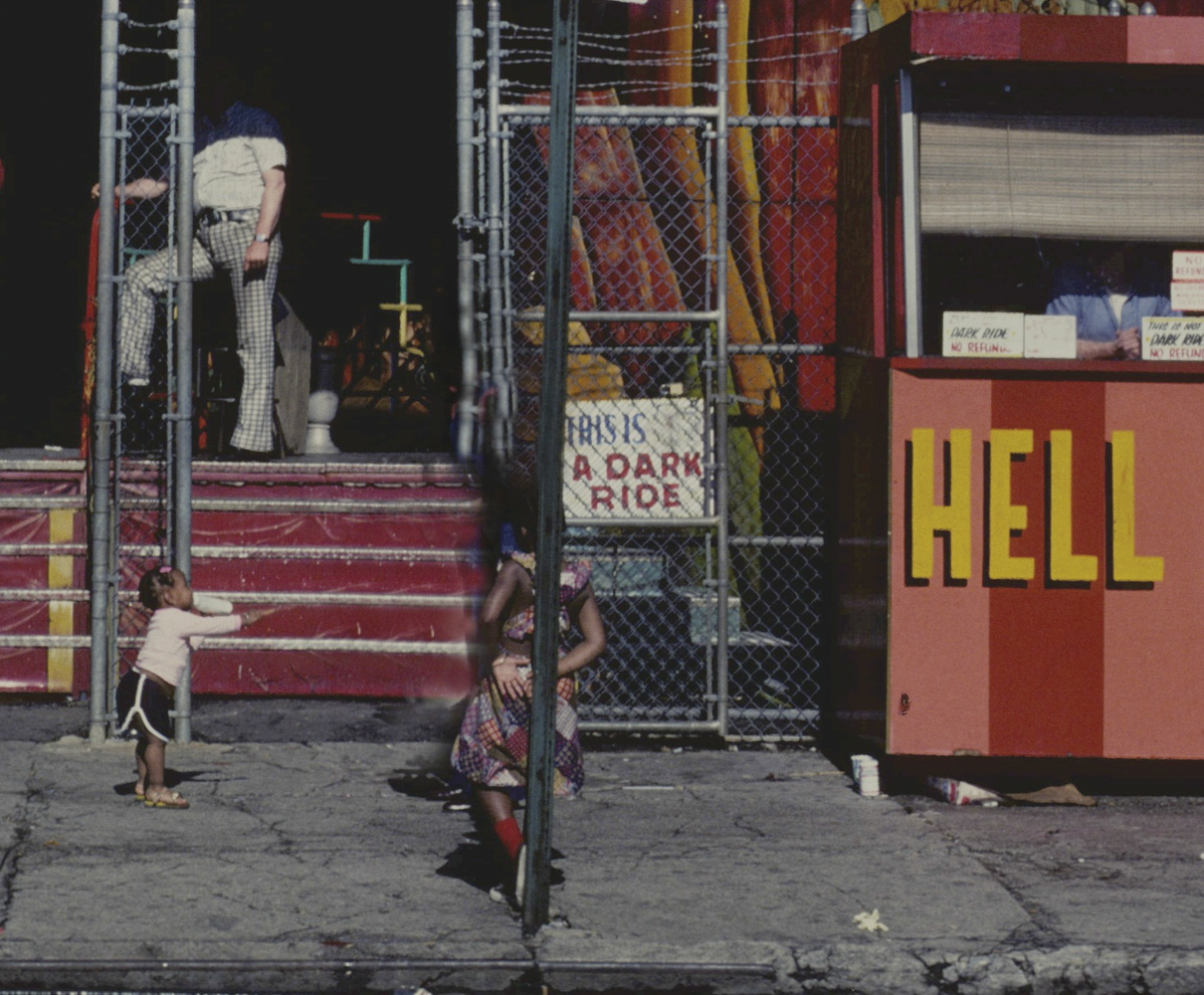
Coney Island 164 / 39
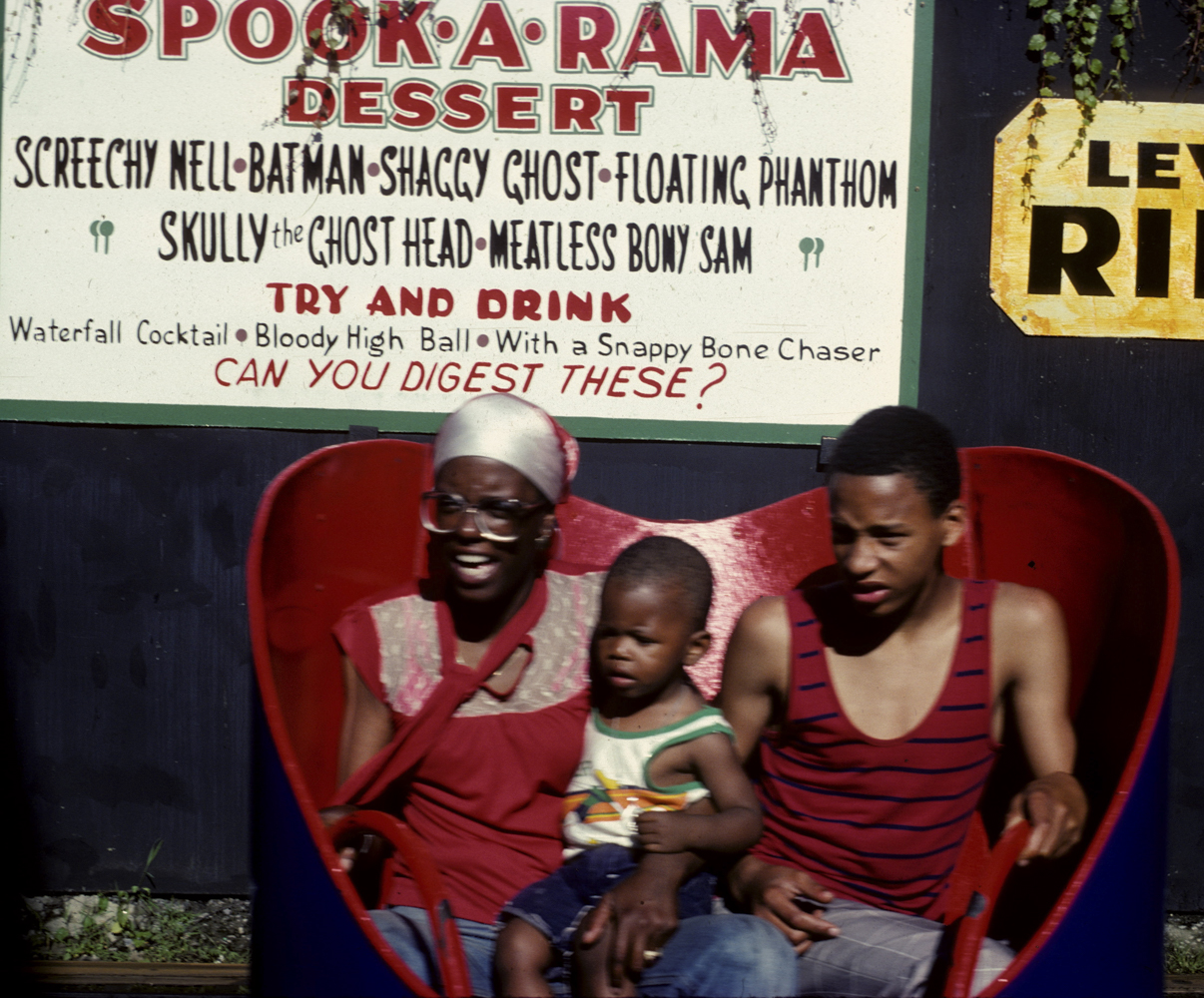
Coney Island 185 / 39

NY in the 90s 926 / 39

NY in the 80s 2517 / 39

Coney Island 118 / 39
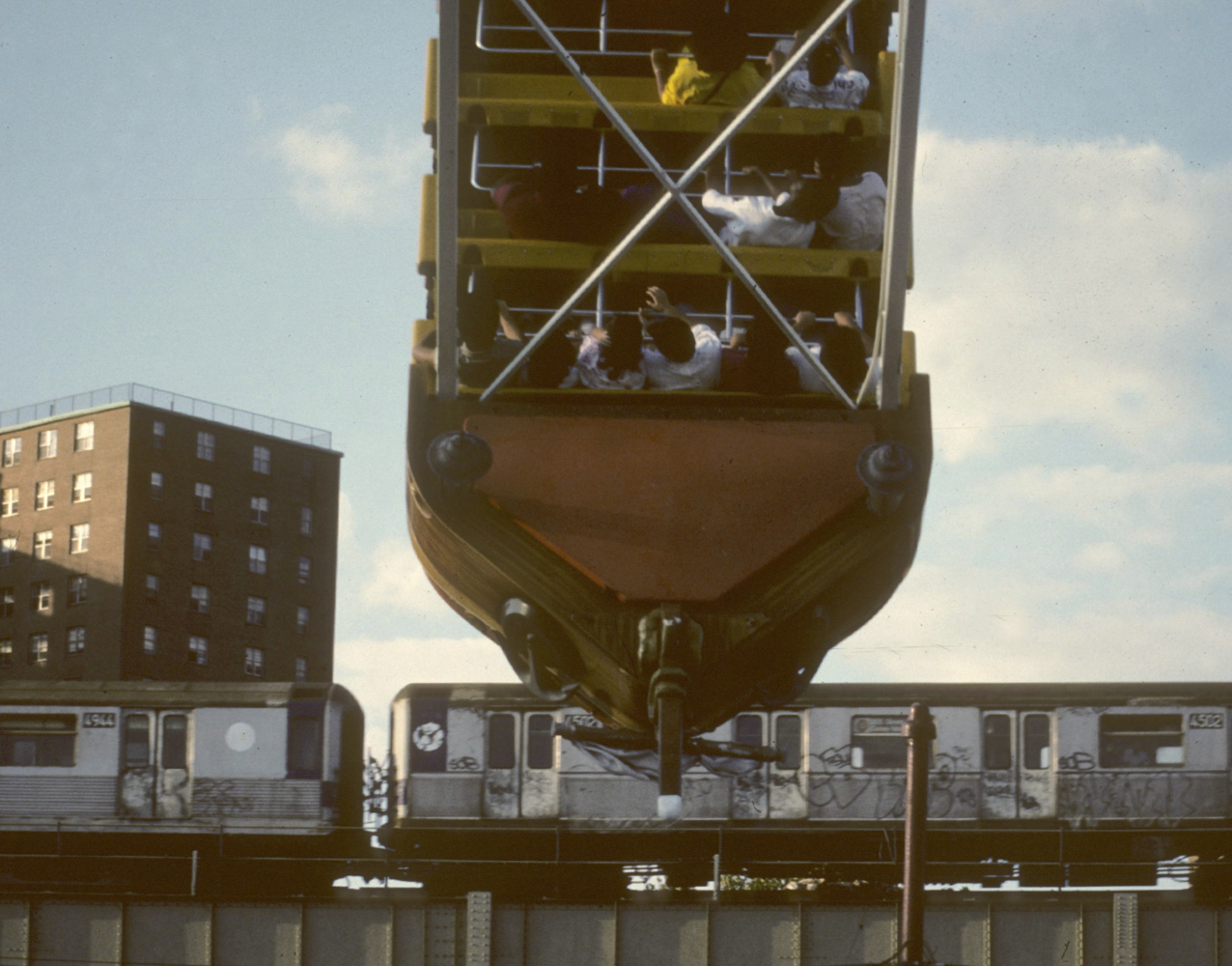
Coney Island 509 / 39
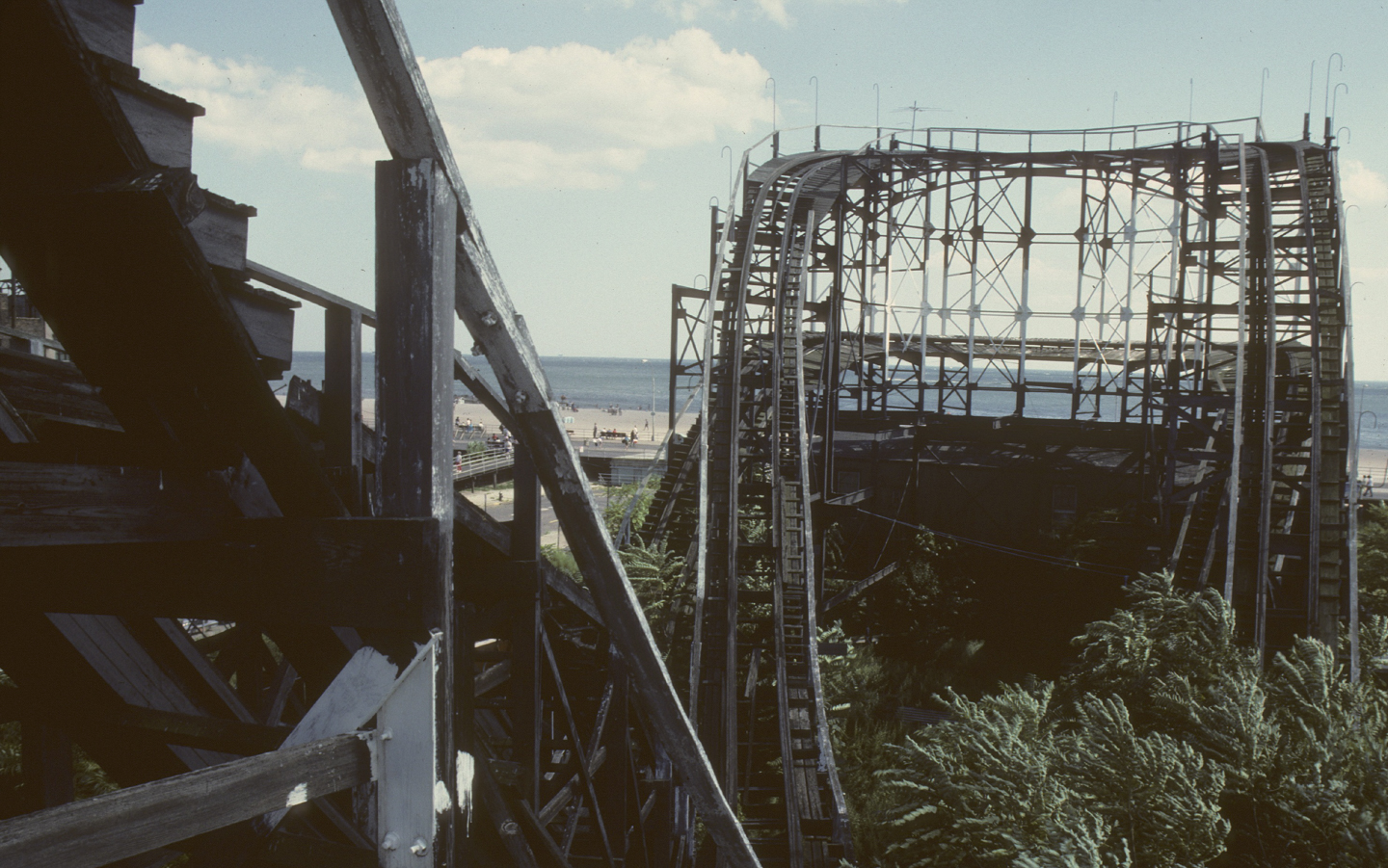
Coney Island 9610 / 39
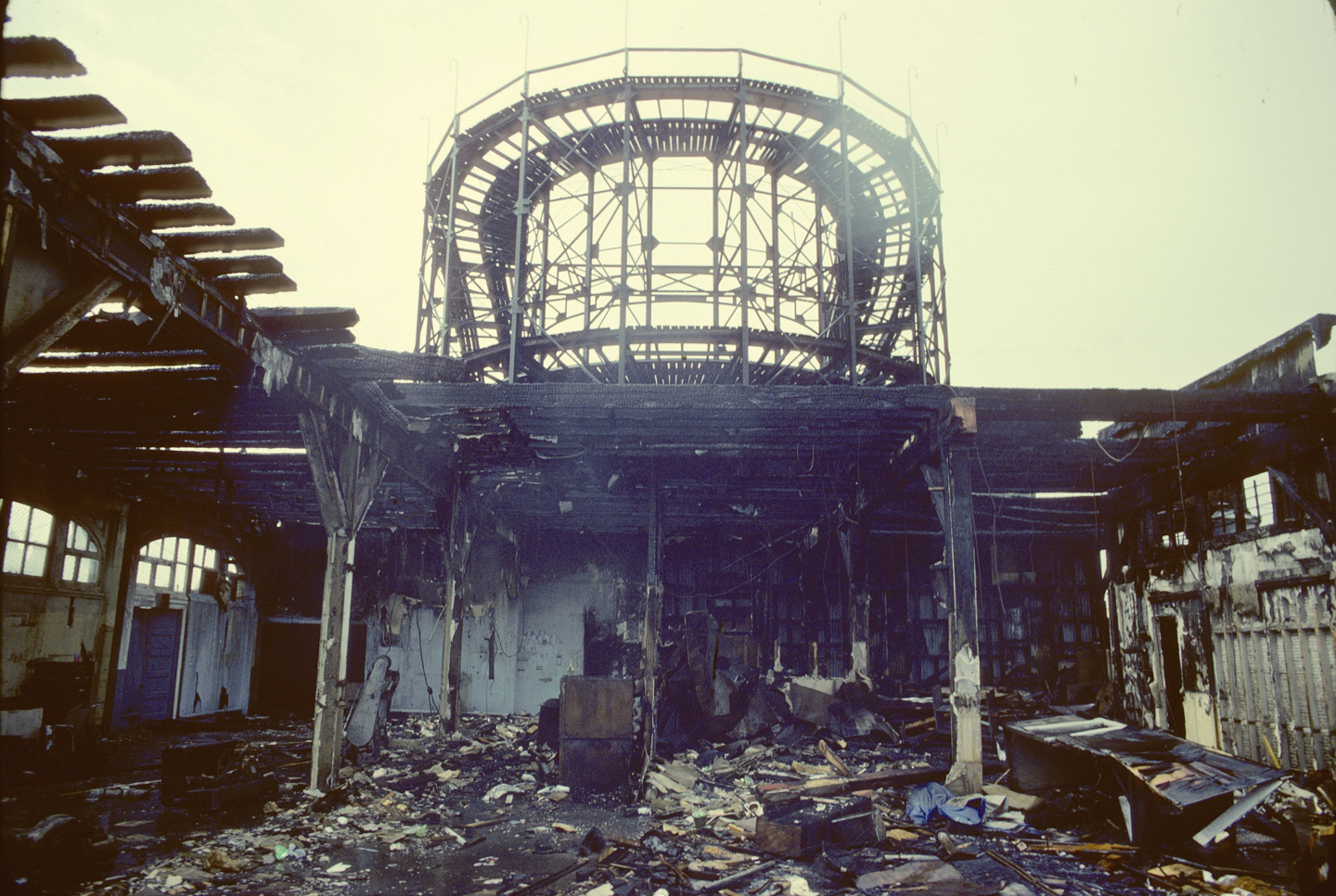
Coney Island 2111 / 39
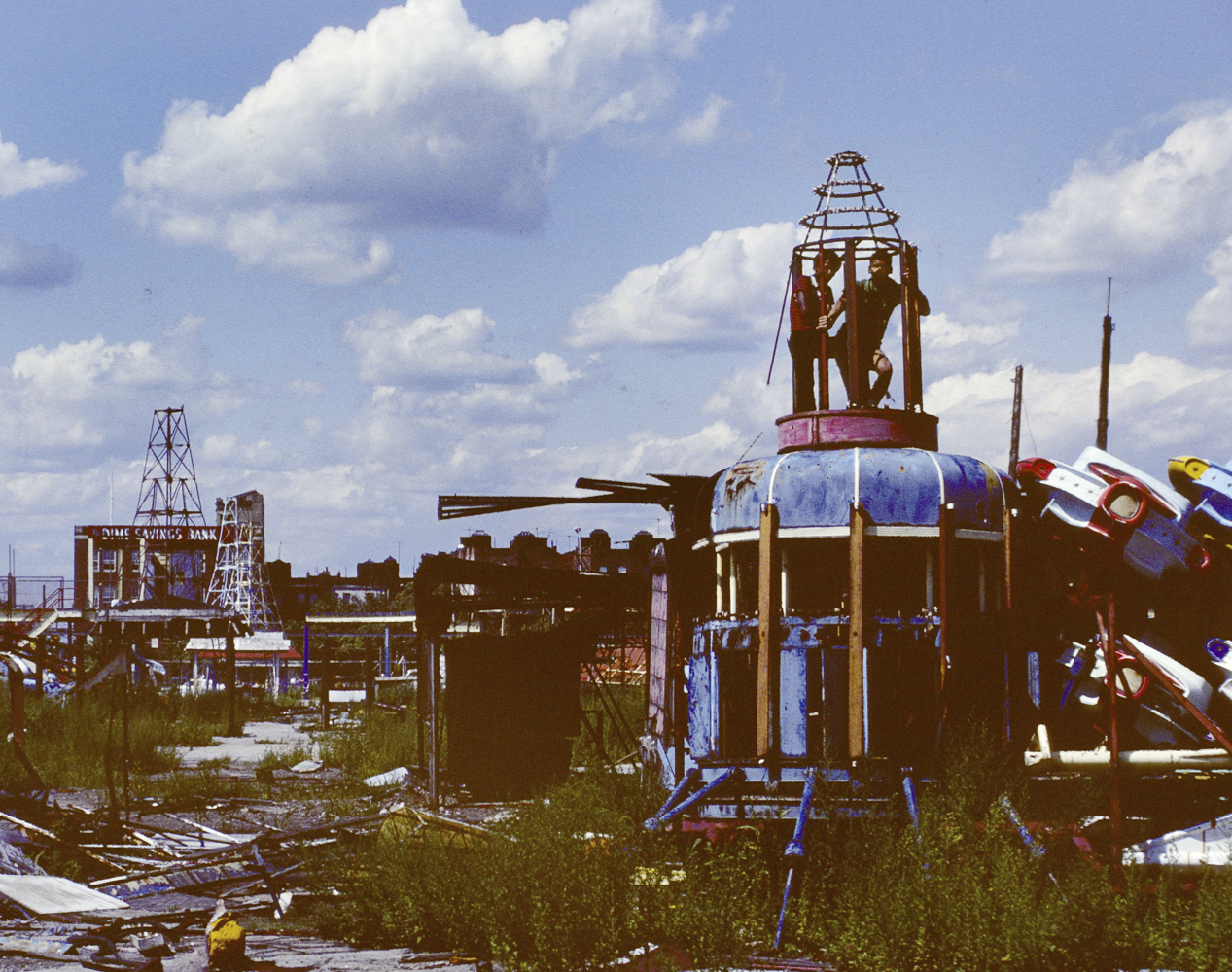
Coney Island Ruins 112 / 39
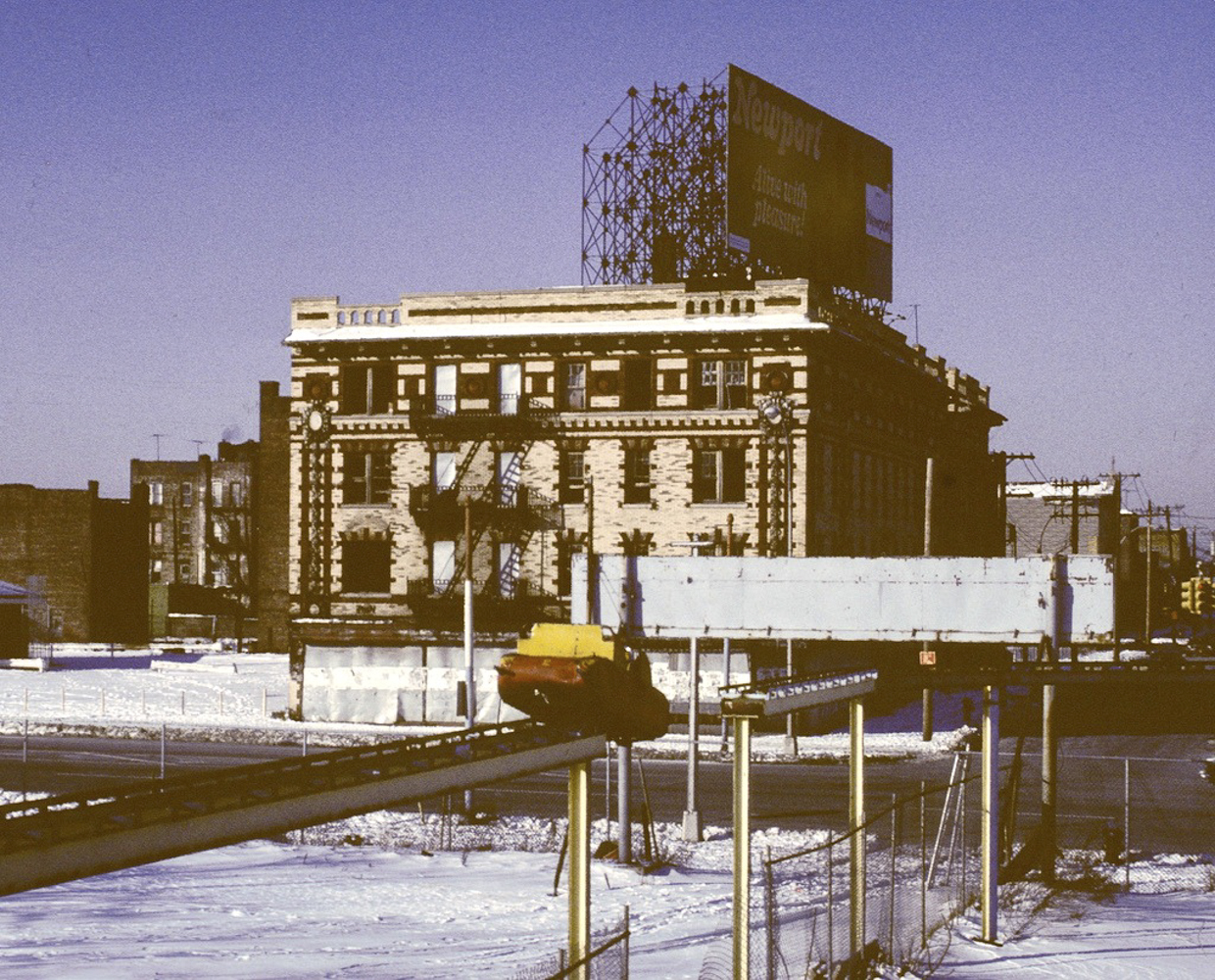
Coney Island Ruins 213 / 39
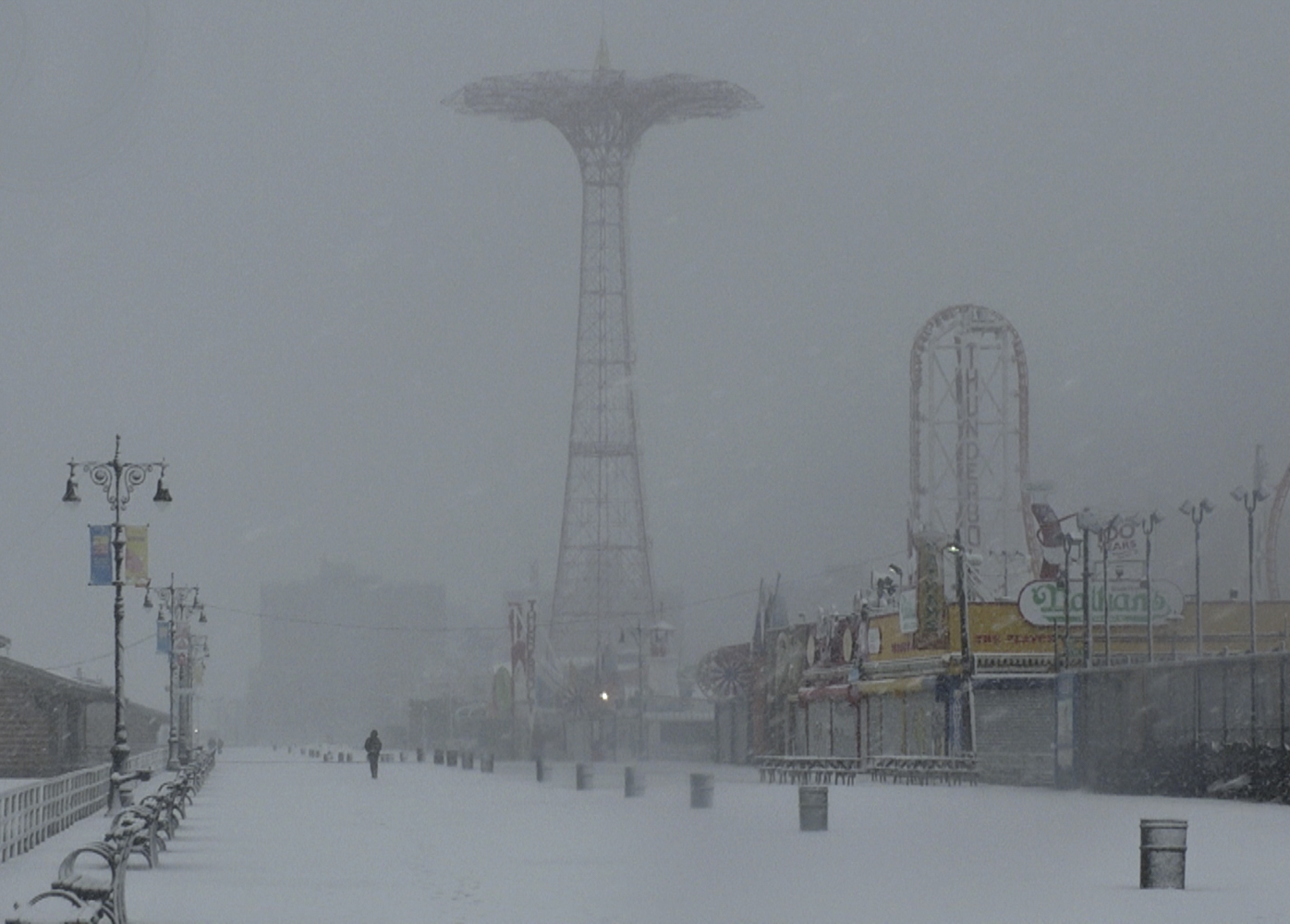
Coney Island Snowstorm 314 / 39

Under the Boardwalk 515 / 39

Cyclone 216 / 39

NY in the 80s 5717 / 39

NY in the 80s 62118 / 39

Cyclone 1119 / 39
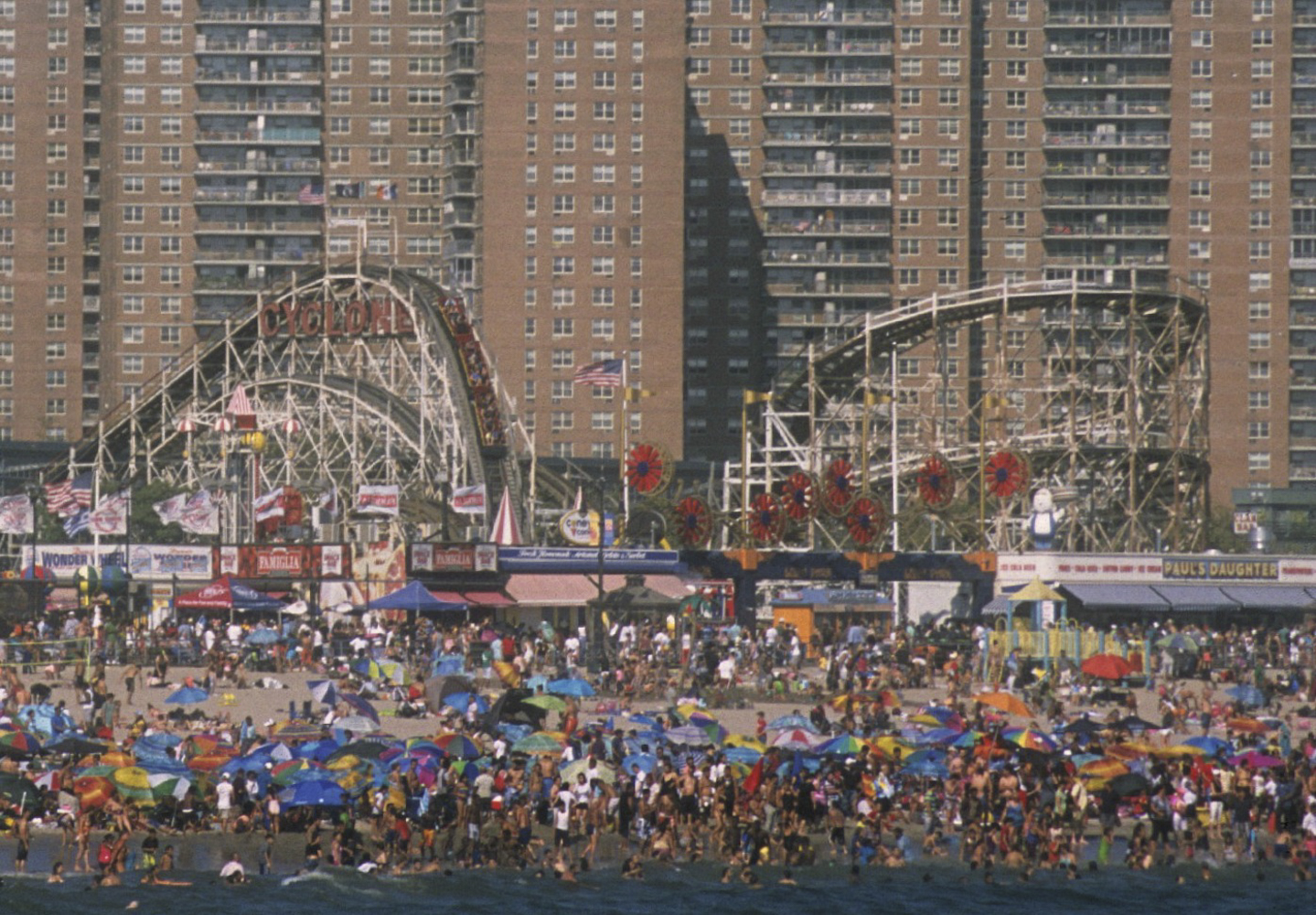
Coney Island 16020 / 39
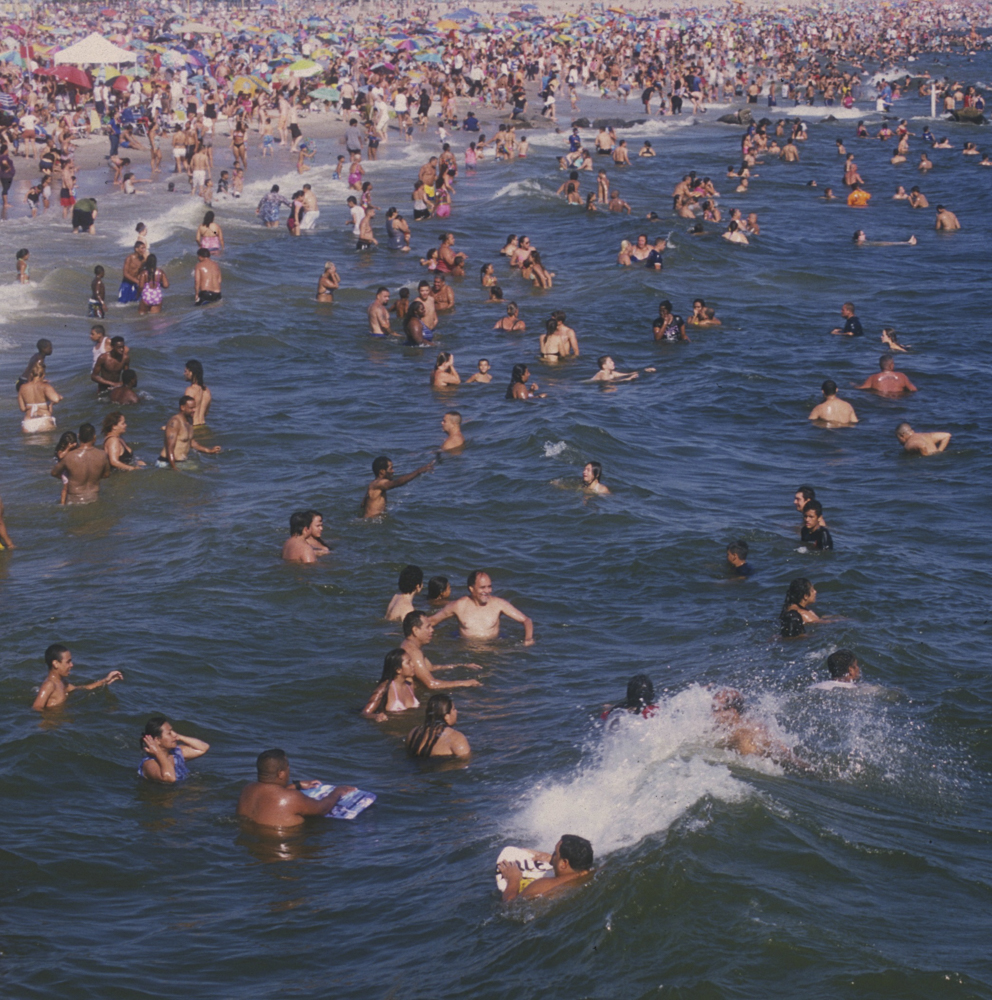
Coney Island 16321 / 39
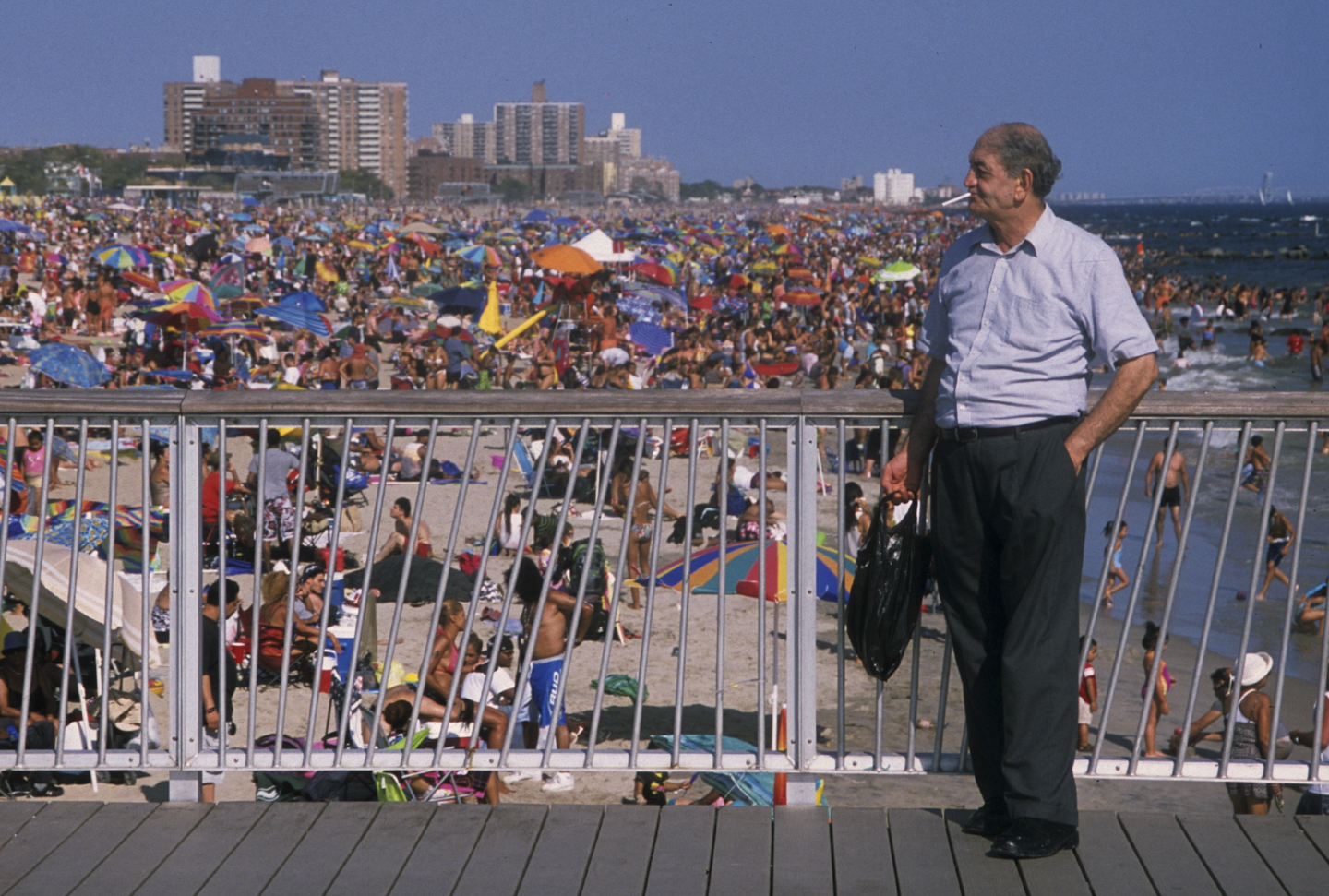
Coney Island 17122 / 39

Coney Island 18223 / 39
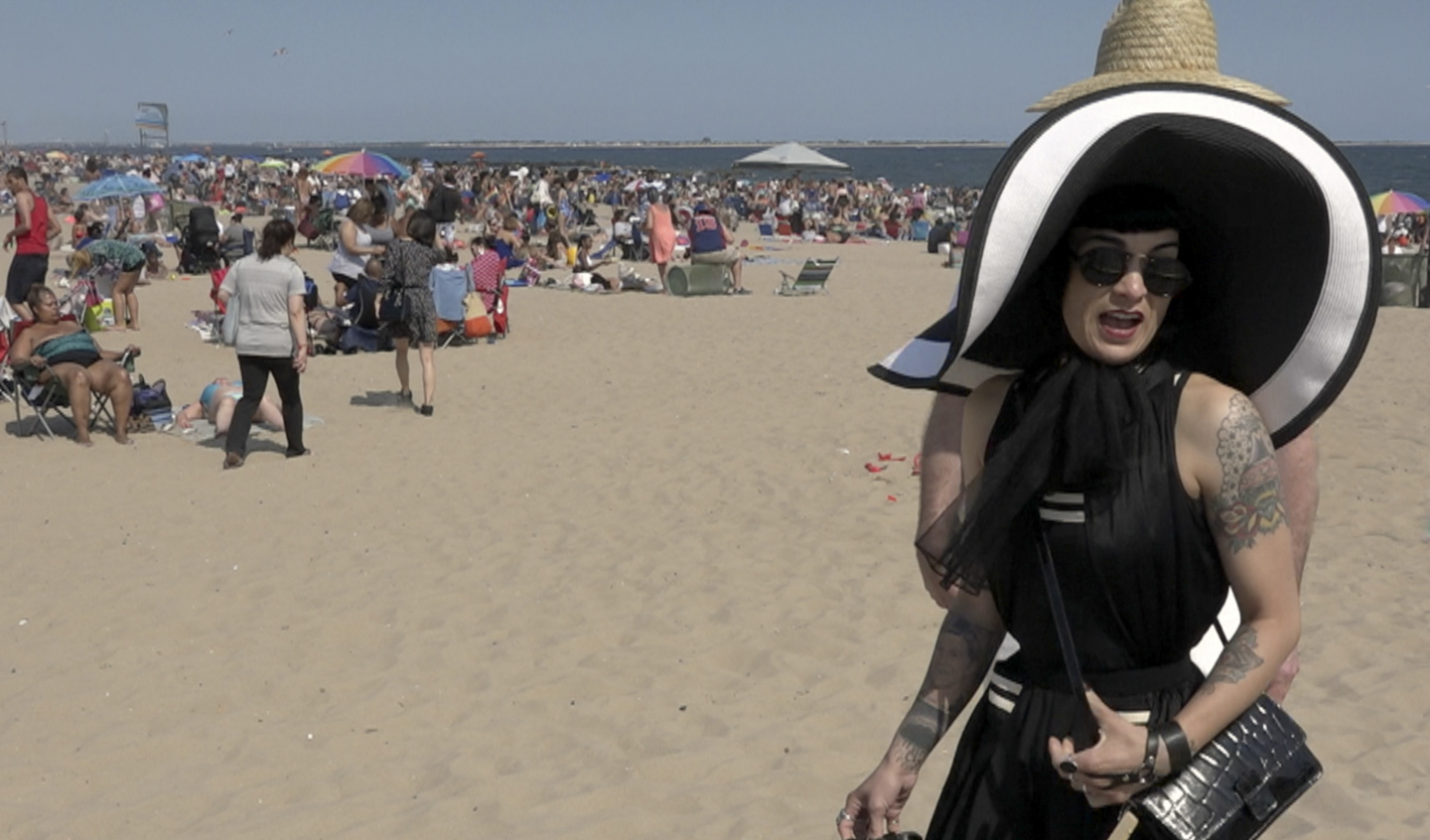
Coney Island 18324 / 39

Coney Island 4125 / 39
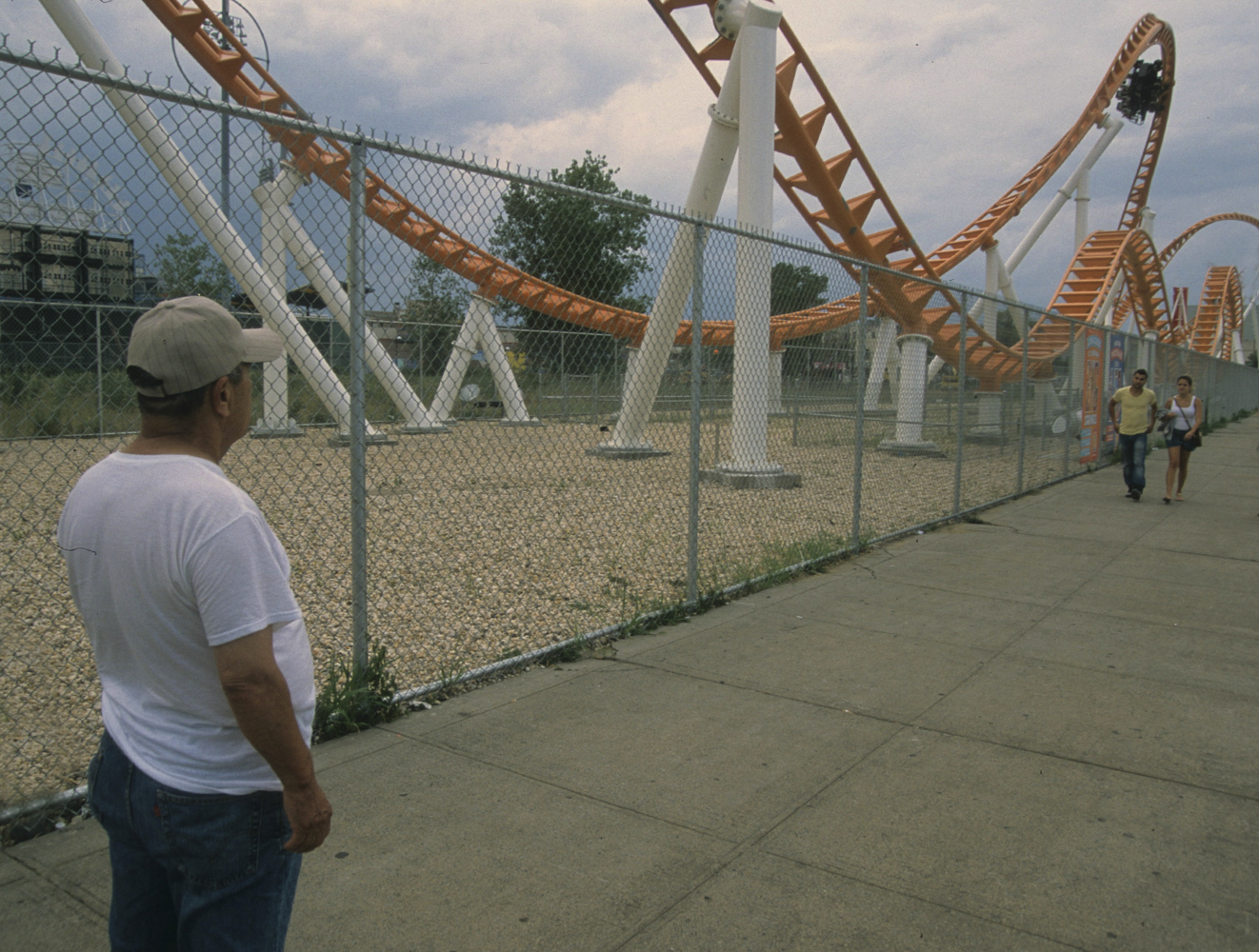
Coney Island 13326 / 39
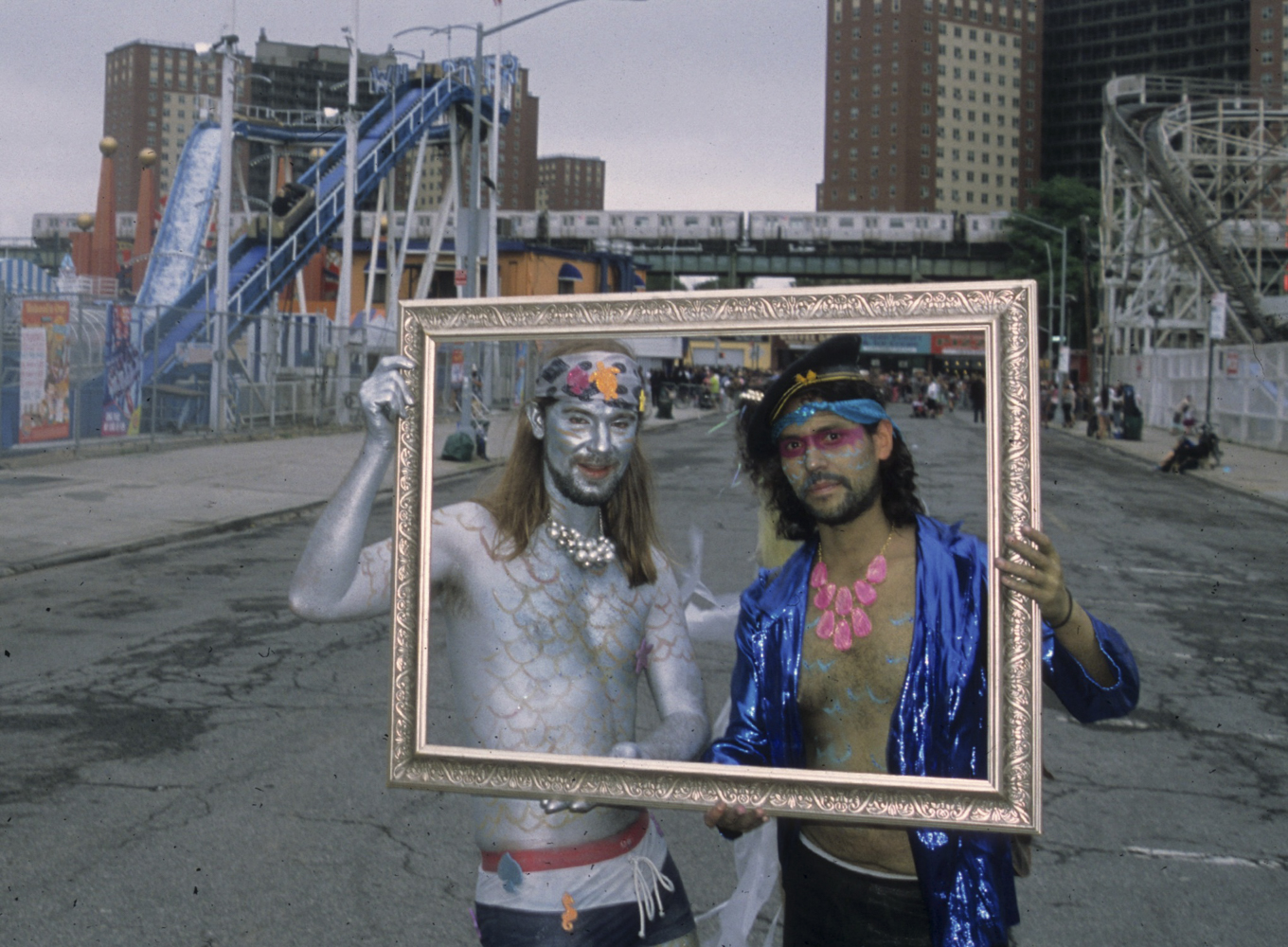
Mermaid Parade 3527 / 39

Mermaid Parade 4728 / 39
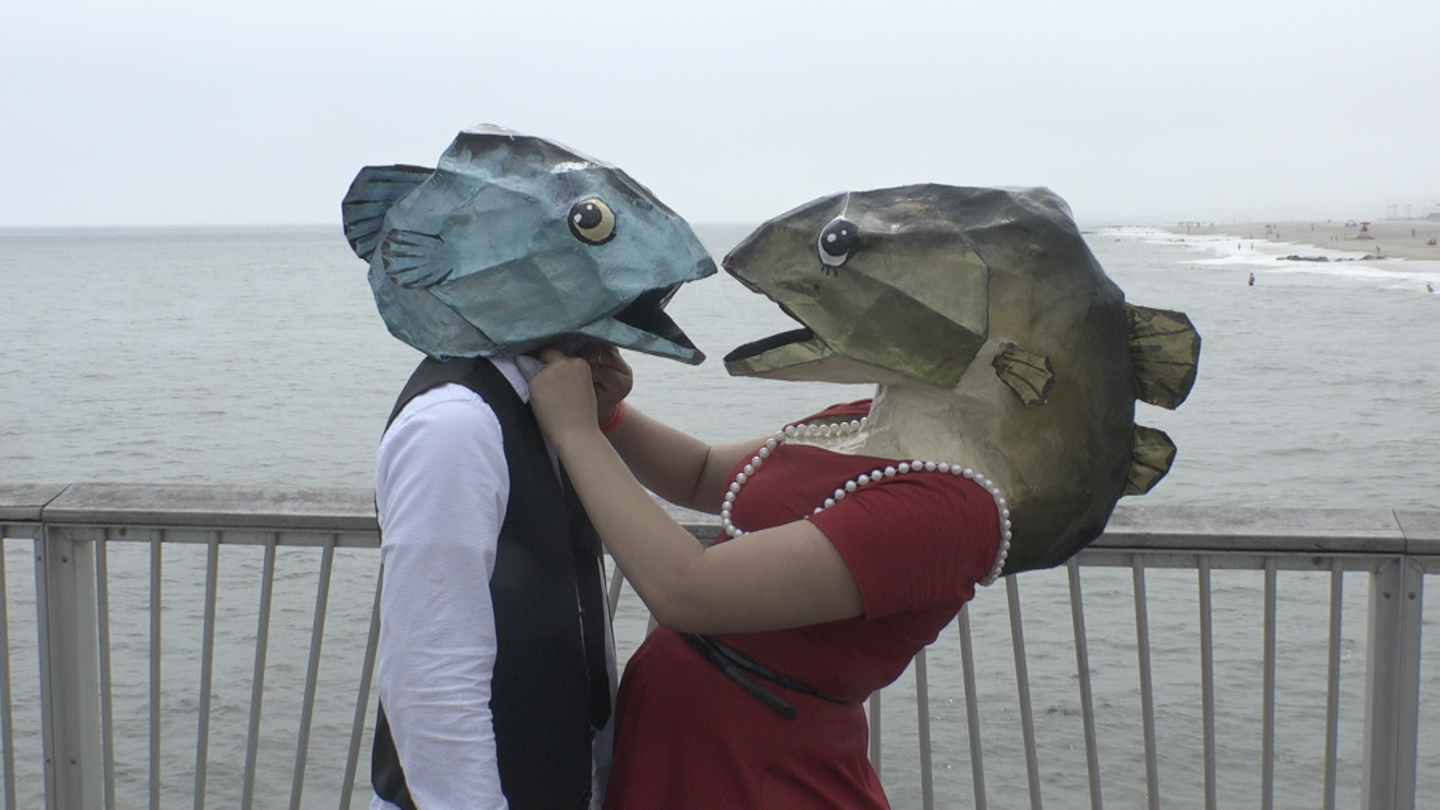
Mermaid Parade 6629 / 39

Mermaid Parade 7430 / 39
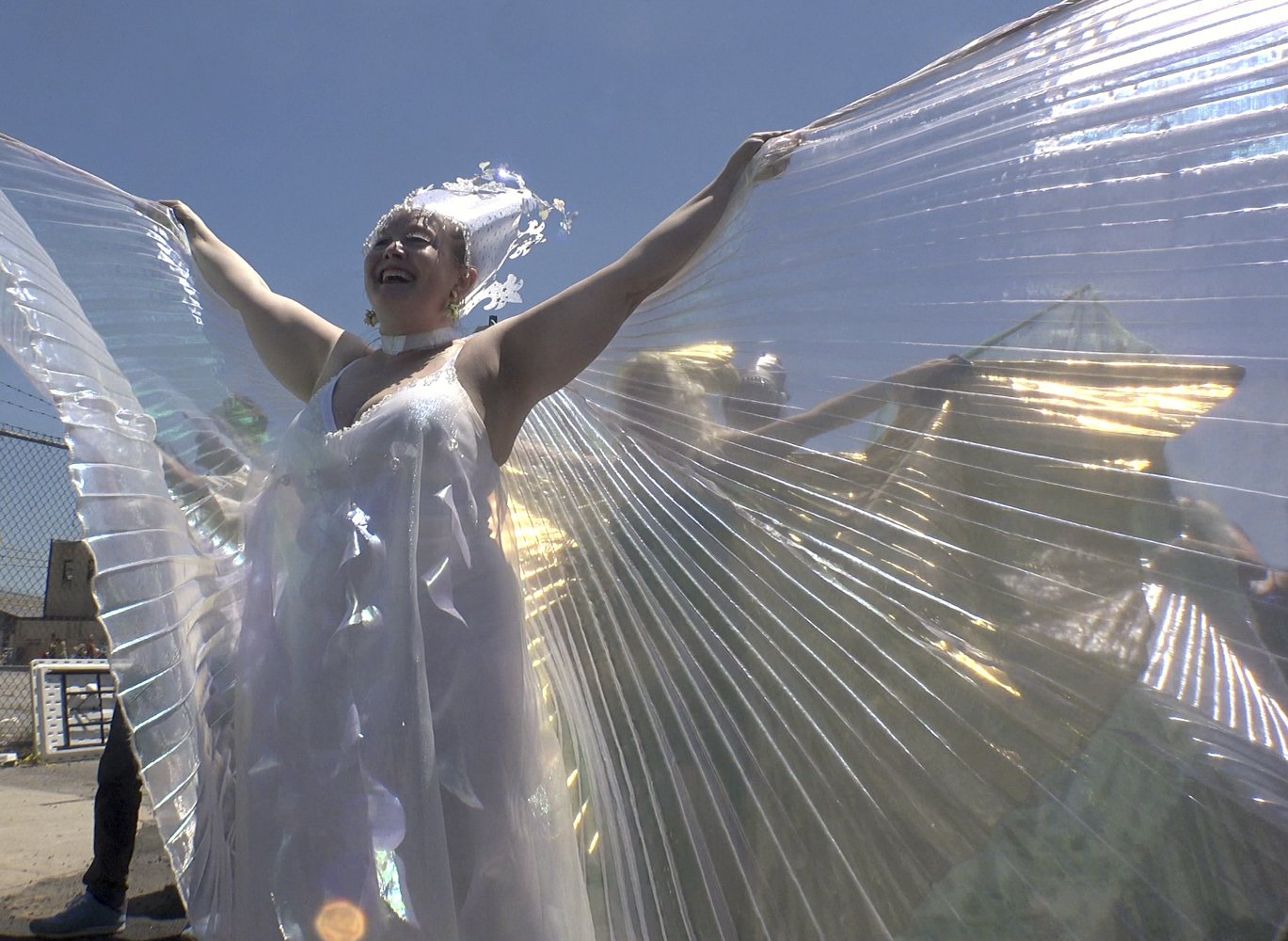
Mermaid Parade 7931 / 39

Mermaid Parade 8132 / 39
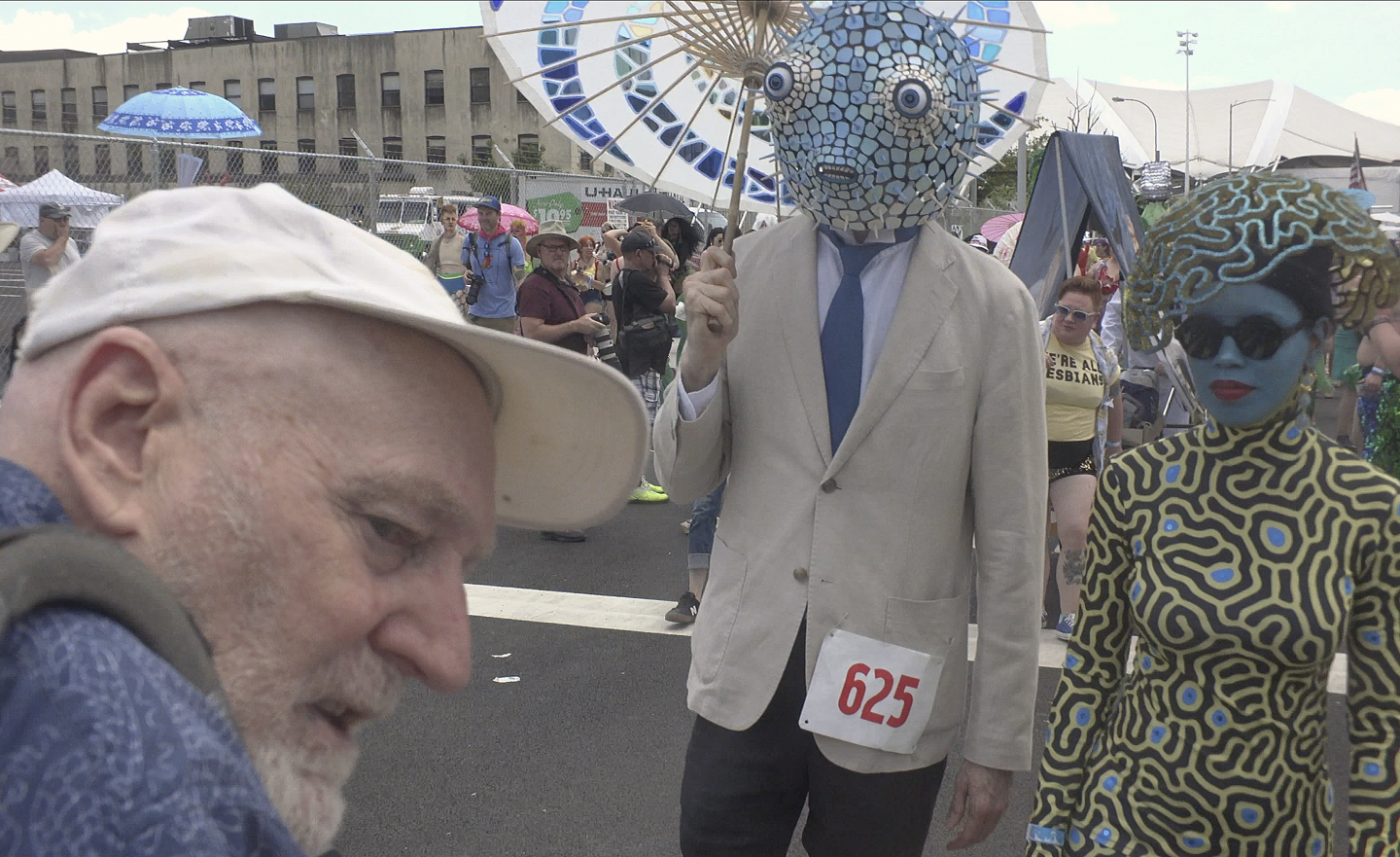
Mermaid Parade 10733 / 39
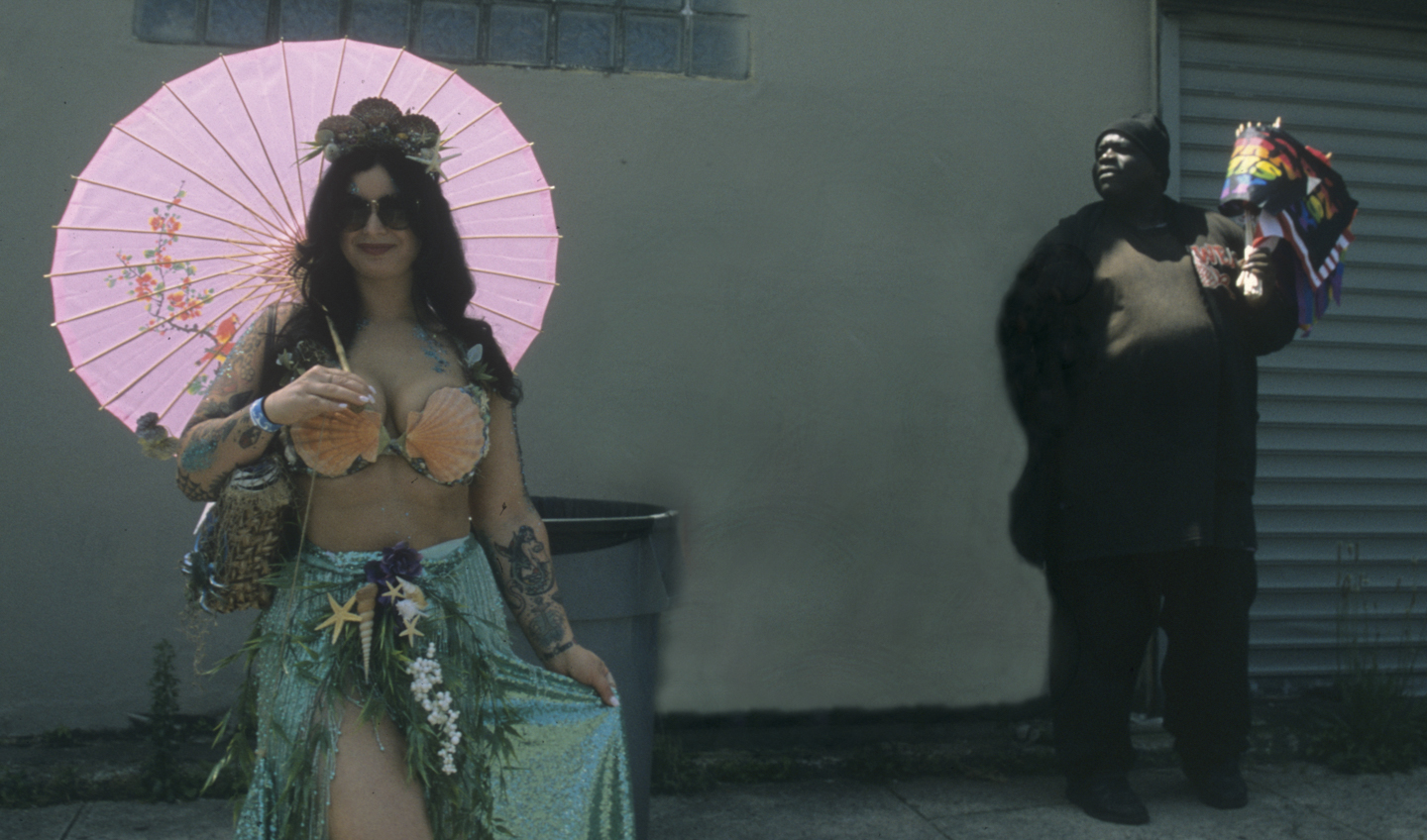
Mermaid Parade 11834 / 39
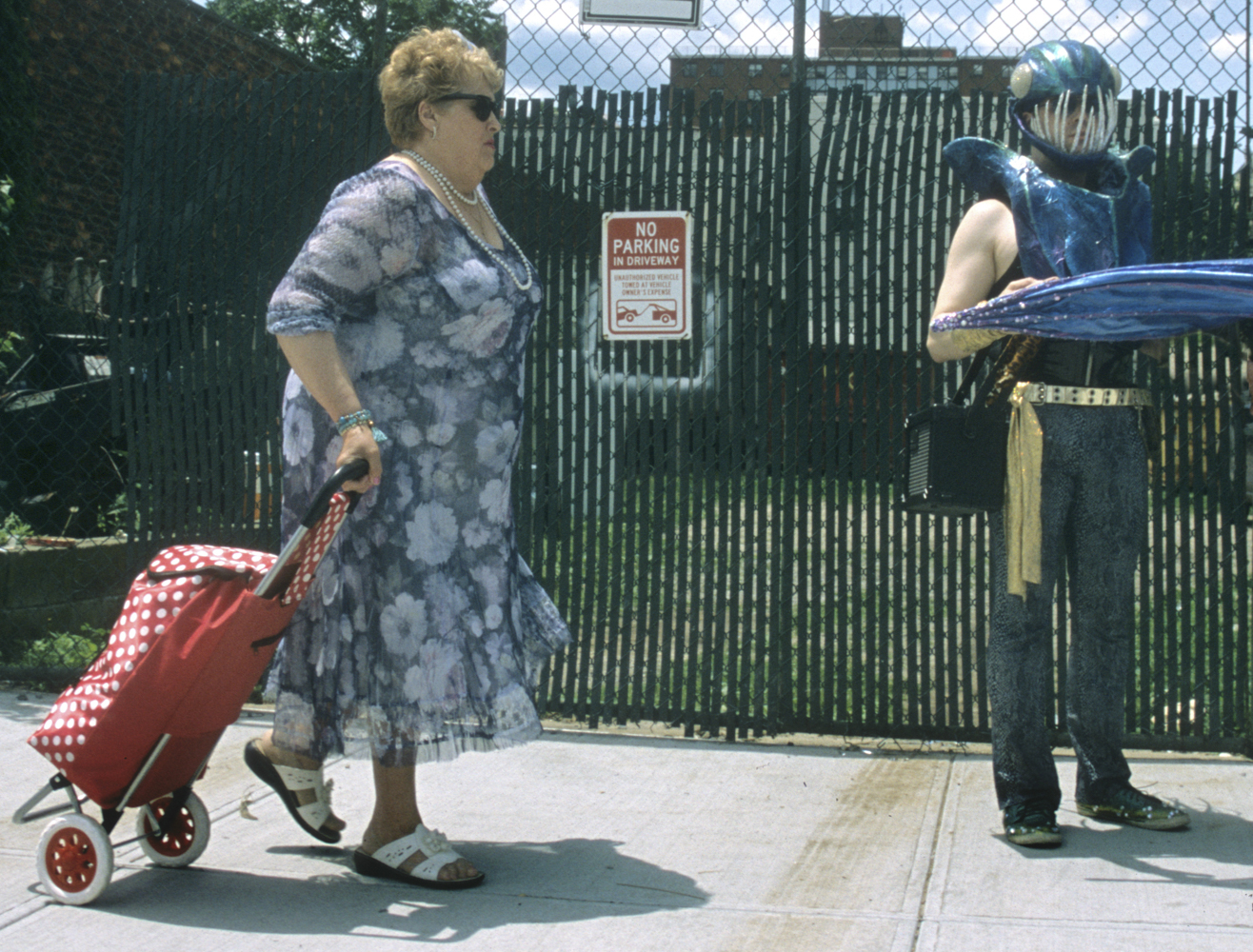
Mermaid Parade 11535 / 39
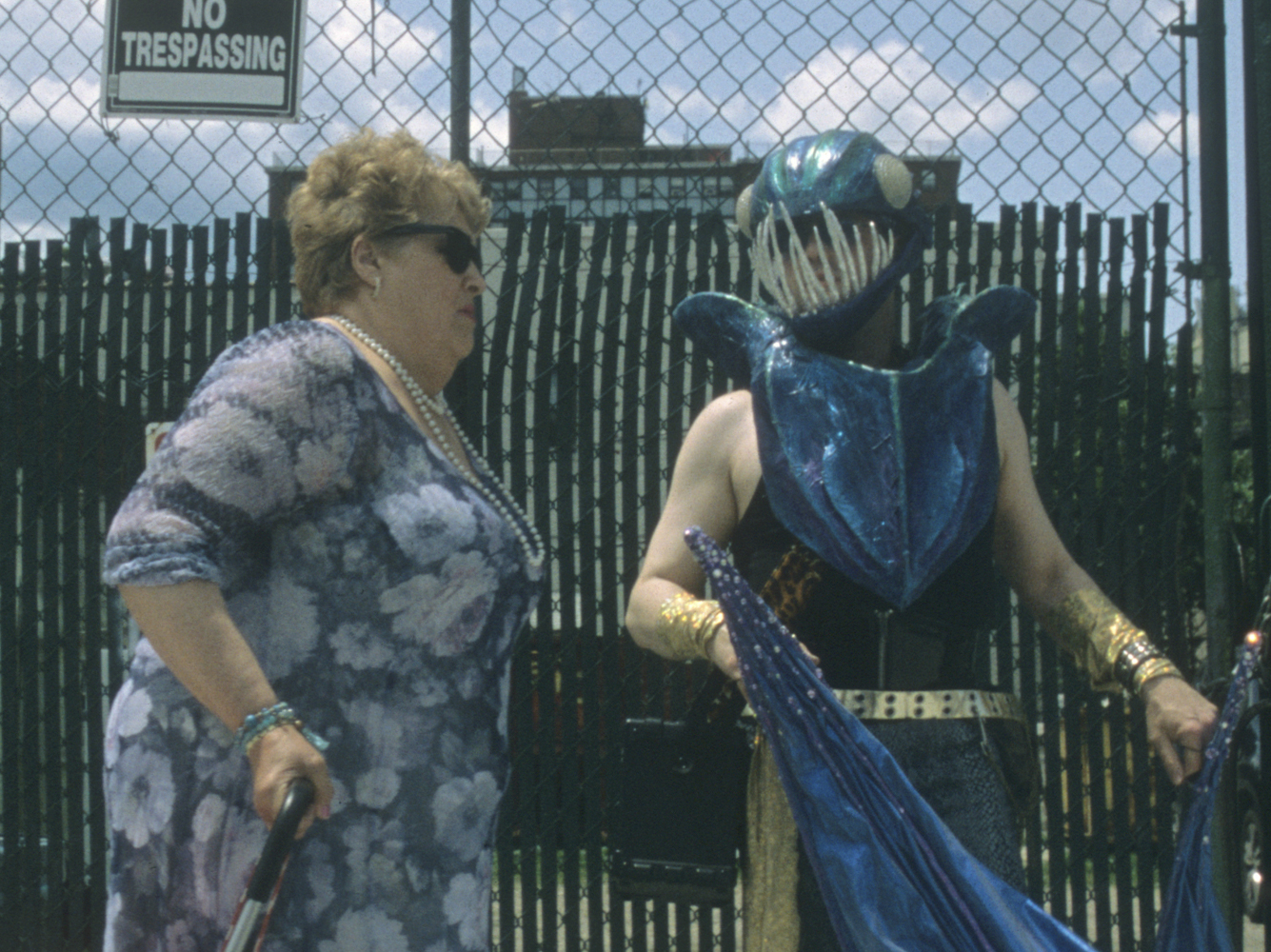
Mermaid Parade 11636 / 39
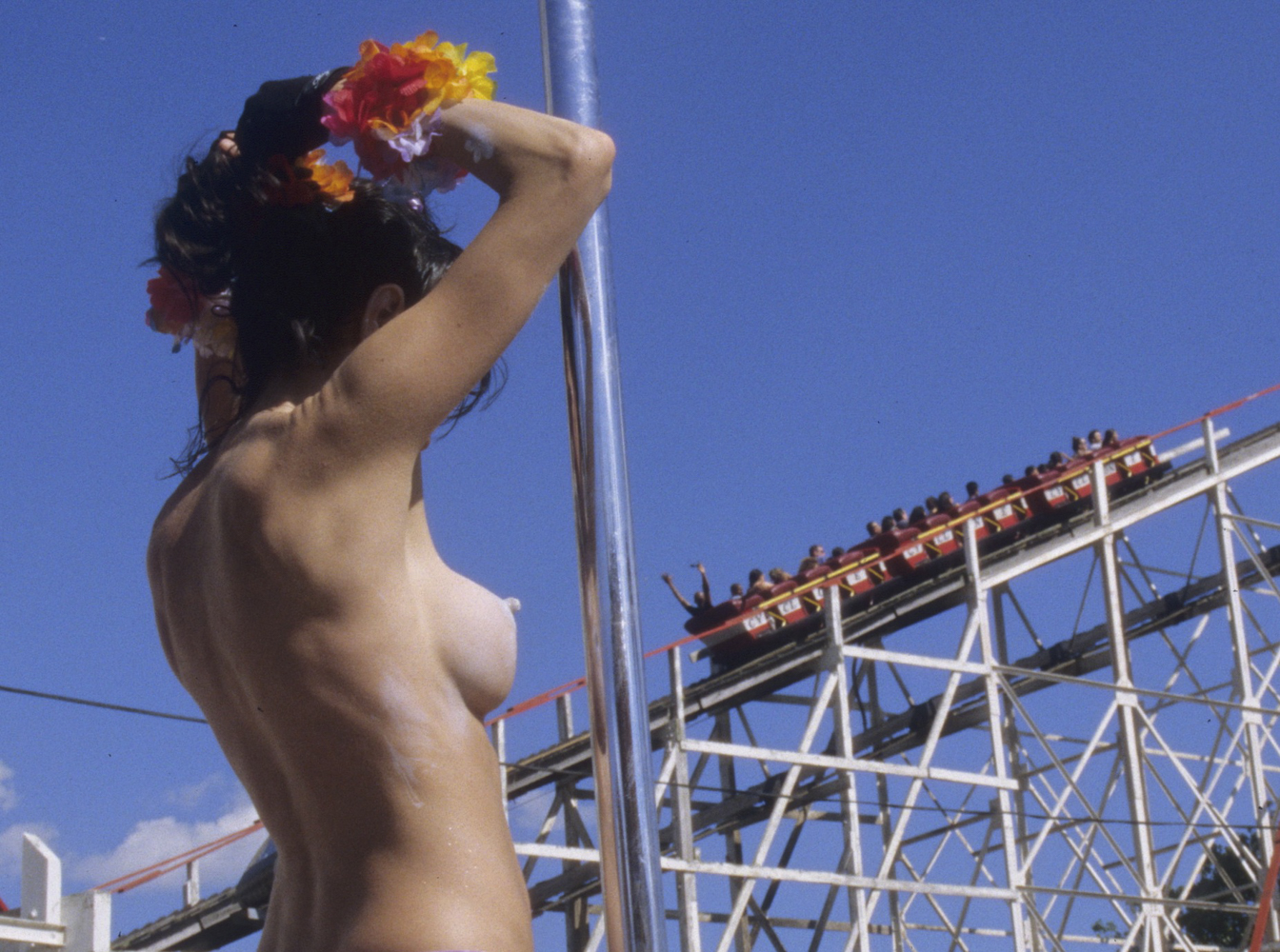
Mermaid Parade 837 / 39

Coney Island 30438 / 39
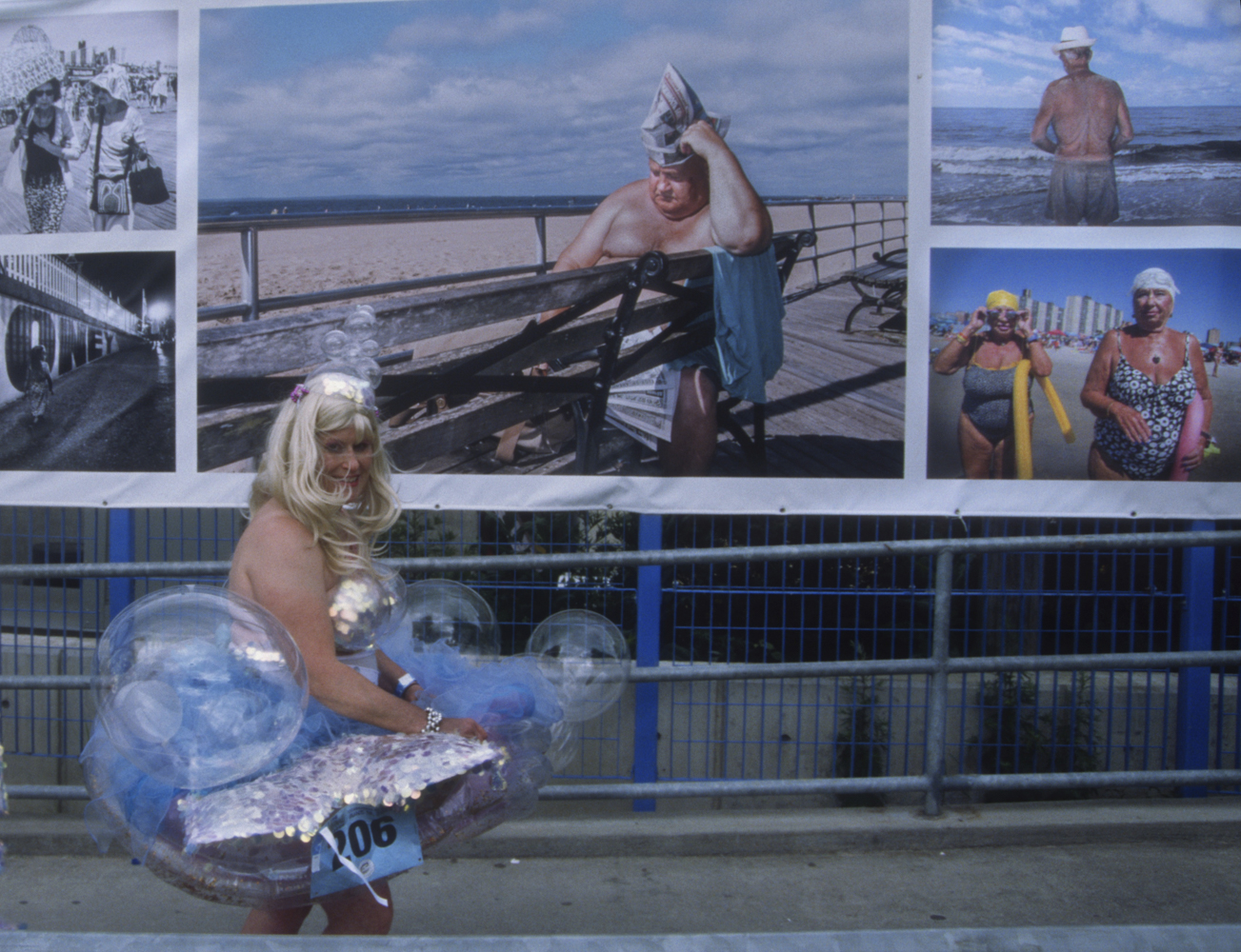
Mermaid Parade 13839 / 39
BACK TO TOP